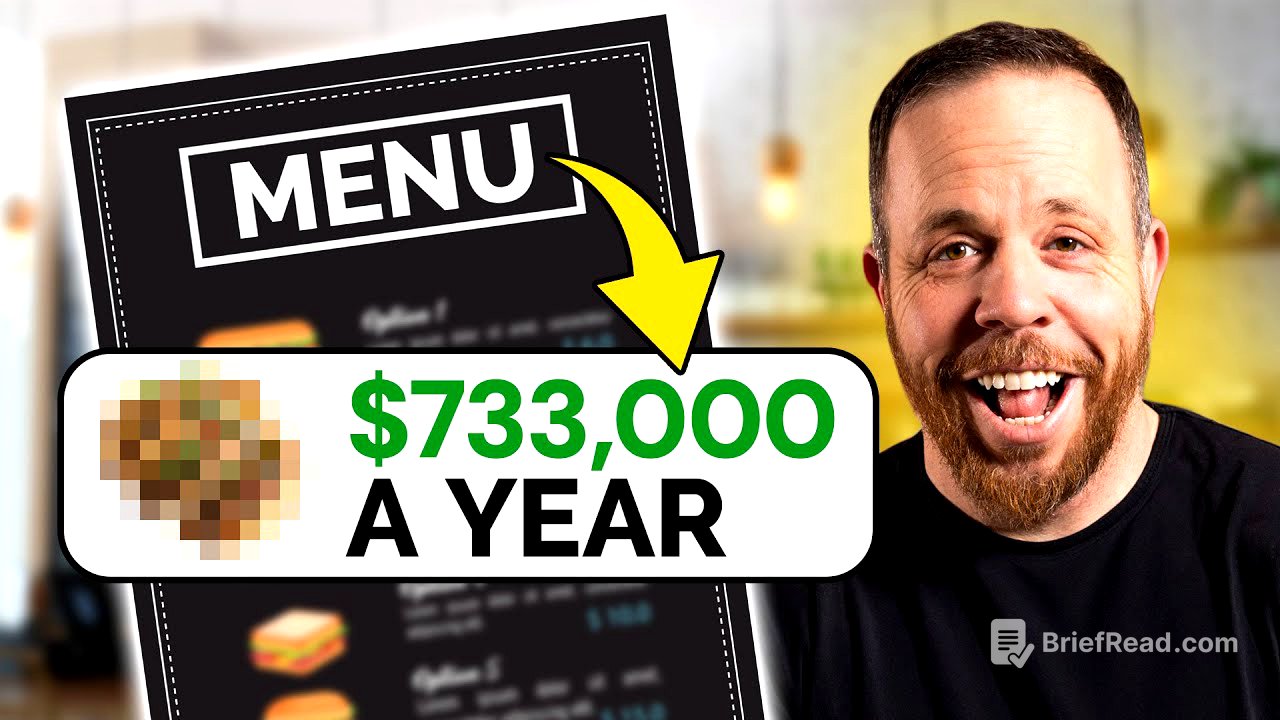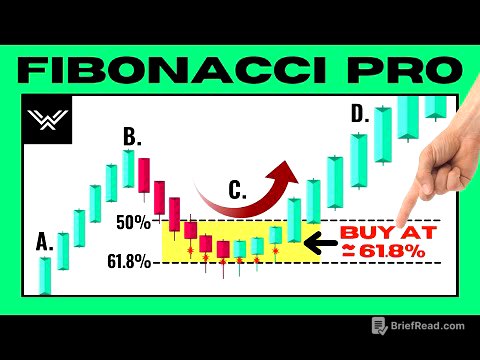TLDR;
Mike Bausch from Andolini's Pizzeria shares how they engineered a signature menu item, the Demarco of Brooklyn pizza, to generate $733,000 in annual revenue. He emphasizes the importance of passion for the item, creating an experience around it, building strong vendor relationships, strategic marketing, and understanding the overall system for profitability. The key takeaways include focusing on experience over cost, building trust with vendors, and marketing the item to create a holistic brand representation.
- Passion for the signature item is crucial for sales and staff buy-in.
- Creating an experience around the item uncommoditizes it and justifies a higher price.
- Strong vendor relationships lead to better pricing and access to premium products.
- Strategic marketing, including staff involvement and consistent messaging, is essential for driving sales.
- Profitability comes from a holistic system, not just one great menu item.
What is the $733K menu item? [0:00]
Mike Bausch discusses how Andolini's Pizzeria generated $733,000 from a single menu item, the Demarco of Brooklyn pizza. This pizza is inspired by his childhood favorite from Di Fara in Brooklyn and features DOP certified San Marzano tomatoes, fresh basil, house-made fresh mozzarella, imported Pecorino Romano, and extra virgin olive oil on perfectly fermented dough. The pizza is finished with a final drizzle of olive oil at the table, creating an experience for the customer.
How is the food cost? [3:11]
Initially, the food cost for the Demarco pizza was high due to the imported ingredients and labor-intensive process of making fresh mozzarella. To address this, Andolini's negotiated with multiple importers and leveraged family relationships in Italy to secure sustainable pricing. Currently, the food cost is under 20%, allowing for waste and packaging costs while maintaining profitability.
How we negotiate with vendors [4:37]
Vendor relationships are crucial for offering high-quality items. Andolini's builds these relationships on a solid foundation by paying on time, ordering in bulk when possible, and ensuring vendors meet their goals. This trust allows access to premium products and dedicated stock. A real handshake and a reputation for being reliable are more valuable than many contracts.
Profit margin breakdown [6:10]
The Demarco pizza brings in $733,000 annually with an 80% profit margin, resulting in over $586,000 to offset labor and utilities. This profitability was achieved through testing, refinement, execution, smart marketing, and strategic menu placement. The menu is designed to tell a story and create an experience before the customer even takes a bite.
How we market this menu item [6:52]
Marketing is essential for selling the Demarco pizza. It involves the passion of the servers and consistent messaging that emphasizes the item's quality and the experience it provides. Marketing efforts include servers wearing branded shirts, catering van bumper stickers, emails, Instagram, YouTube, and TikTok, all highlighting the olive oil pouring experience. Training ensures that two people deliver the pizza: one with the pizza and another with the olive oil, to maintain the experience.
Why is this menu item so profitable? [8:26]
The Demarco pizza is profitable because it represents the Andolini's brand well: authentic, elevated, and guest-focused with an emphasis on experience. It appeals to a broad audience, from blue-collar workers to yoga enthusiasts, and caters to both vegetarians and meat lovers. Mike Bausch focuses on creating an experience that people crave, allowing for price adjustments to achieve the desired food cost. The overall presentation, name, reputation, ambiance, and service contribute to the item's success.









